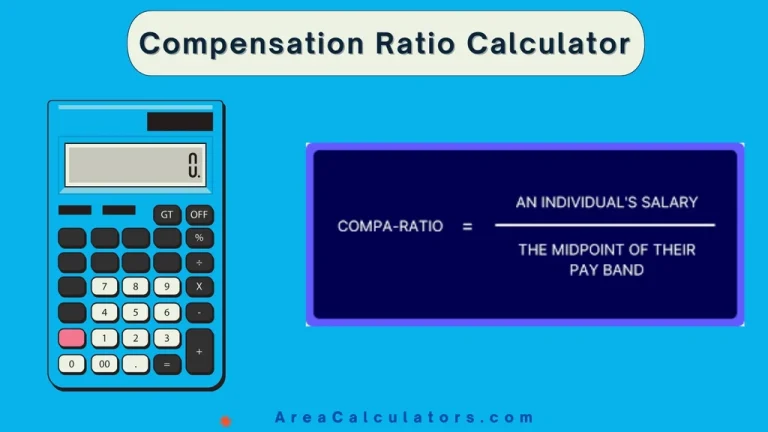Bilateral Factor Calculator
To calculate the bilateral factor using the formula BF = (1 + r)^n + (1 + r)^{-n}, simply add the result of raising 1
+r1 + r1+r to the power of n to its reciprocal, which is (1 + r)^{-n}(1+r)−n.
The Bilateral Factor Calculator is commonly used in VA disability ratings to calculate compensation for veterans with disabilities affecting both sides of the body.
The bilateral factor is an additional compensation added when a veteran has injuries or disabilities affecting paired limbs, such as both arms or both legs.
This helps ensure that the impact of having disabilities on both sides is properly accounted for in the veteran’s overall disability rating. The formula also applies to other areas, such as bilateral trade and exposure calculations, where balancing factors are needed.
Formula:
| Variable | Description |
|---|---|
| BF | Bilateral Factor |
| r | Interest rate, growth rate, or other applicable rate |
| n | Number of periods, time, or factor relevant to the calculation |
Solved Calculation:
Example 1:
| Step | Calculation |
|---|---|
| Rate (r) | 0.05 (5%) |
| Periods (n) | 10 |
| Bilateral Factor Calculation | |
| Result | 1.6289 + 0.6139 = 2.2428 |
Answer: The bilateral factor is 2.2428.
Example 2:
| Step | Calculation |
|---|---|
| Rate (r) | 0.03 (3%) |
| Periods (n) | 5 |
| Bilateral Factor Calculation | |
| Result | 1.1593 + 0.8619 = 2.0212 |
Answer: The bilateral factor is 2.0212.
What is Bilateral Factor Calculator?
The Bilateral Factor Calculator is used to determine the additional compensation veterans receive for disabilities affecting both sides of the body (bilateral conditions).
In the VA disability system, the bilateral factor applies when two or more disabilities affect paired limbs, such as arms or legs. The bilateral factor increases the combined rating, ensuring veterans receive proper compensation.
To calculate the bilateral factor, the VA first combines the disability ratings using the VA combined rating calculator, then adds 10% of the combined value for the paired disabilities.
For example, if a veteran has a 20% disability in one leg and a 30% disability in the other, the VA bilateral factor calculator would combine these ratings and apply the 10% increase for the bilateral factor. The result is then added to the overall rating to determine the final compensation.
Final Words:
The VA automatically applies the bilateral factor when applicable, especially in cases like radiculopathy affecting both legs or arms. Veterans with paired disabilities benefit from this extra compensation as part of the VA’s effort to accurately represent their physical challenges.


